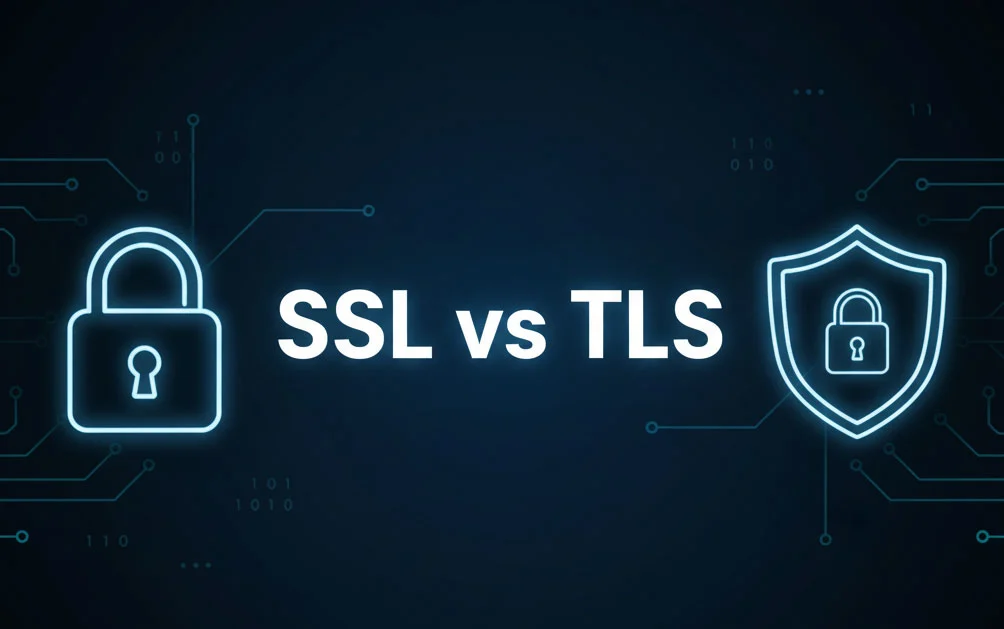Your Important Data Travels Safe Online and Here’s How
Focus Keyword: How SSL and TLS Protect Data
Ever wondered what actually keeps personal information safe on the internet, like when logging in to a bank or making payments online? So much sensitive data flies across the web every second, and there’s always the risk of someone trying to grab those usernames and passwords. No one wants hackers getting their hands on anything private. That’s exactly why there’s a need to understand what SSL and TLS really do.
The Real Reason Data Needs Protection
Whenever important details like banking passwords are sent over the internet, there’s always a chance they could get intercepted. Once in the wrong hands, things could go downhill fast. So the focus is always on moving data safely and secretly from one place to another, just like transporting a sealed exam paper straight to a test center without anyone peeking or tampering with it on the way.
SSL and TLS Work Behind the Scenes
SSL (Secure Socket Layer) and TLS (Transport Layer Security) are the behind-the-scenes bodyguards for that information. These cryptographic protocols help move passwords, credit cards, and messages safely by scrambling data so that it stays private.
| Feature | SSL | TLS |
|---|---|---|
| Security Level | Lower (outdated) | Higher (used today) |
| Support | Rarely used | Widely adopted |
| Version | SSL 3.0 (deprecated) | TLS 1.2 / 1.3 |
Spotting Secure Connections in Everyday Browsing
Look for:
- Lock icon in the browser address bar
- Website address starting with HTTPS
- Certificate details by clicking the lock
How Encryption Keeps Things Private
Encryption turns readable information into code that only the right recipient can understand. There are two types:
- Symmetric encryption: One key shared by both sender and receiver
- Asymmetric encryption: Uses a public key for locking and a private key for unlocking
Mixing Both Styles for Extra Protection
To get the best of both:
- Start with asymmetric encryption to share a secret key securely
- Use symmetric encryption to send the rest of the data quickly and safely
Making Sure the Data Stays True
Maintaining data integrity is key. Here’s how:
- Hashing: Converts data to a unique fixed-length digest
- Message Authentication Code (MAC): Combines the message with a secret key to ensure it hasn’t been changed
Knowing the Website is the Real Deal
Digital certificates are like official IDs for websites. They’re issued by trusted Certificate Authorities (CAs) and verified by browsers to ensure authenticity. Certificates contain:
- Website owner’s name
- Public keys
- Location and encryption methods
How Everything Connects When Browsing Securely
The secure connection process:
- Browser and website greet each other
- Website sends certificate and public key
- Browser verifies the certificate
- Session key is agreed upon
- Data is encrypted and transferred securely
That’s why the little lock symbol means your connection is safe. It’s thanks to the teamwork of SSL, TLS, encryption, and certificates.






